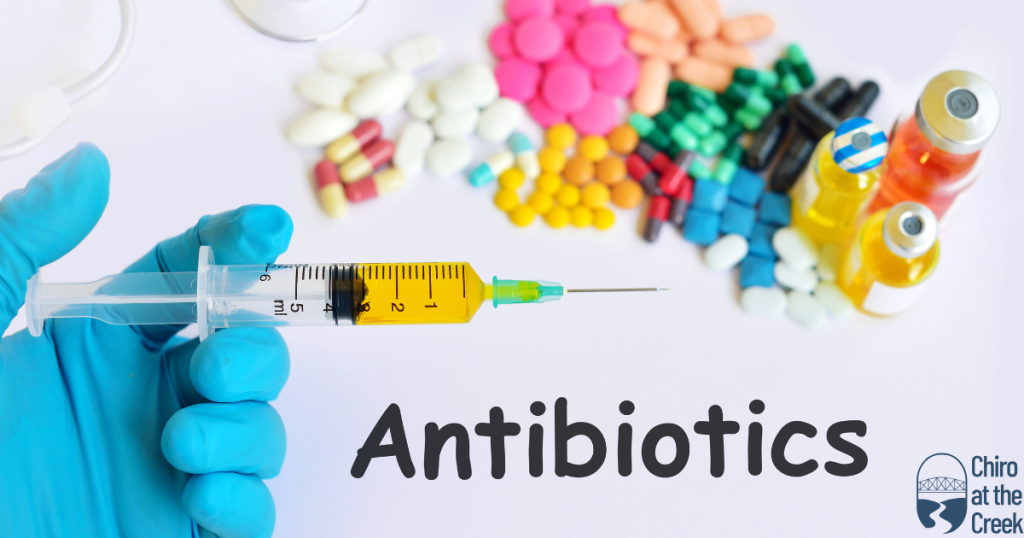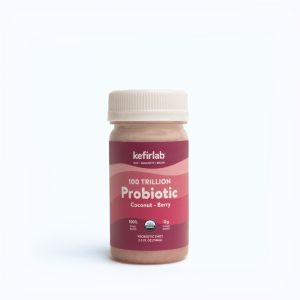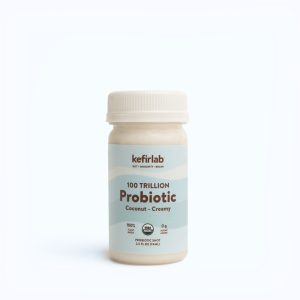Rebuilding the Microbiome: When to Introduce Probiotics After Antibiotic Treatment – ProbioticsX

Rebuilding the Microbiome: When to Introduce Probiotics After Antibiotic Treatment
Understanding the Microbiome and its Importance
The human microbiome refers to the trillions of microorganisms that reside in and on our bodies, including bacteria, viruses, fungi, and other microbes. These microorganisms play a crucial role in maintaining our overall health and well-being. The microbiome is involved in various essential functions, such as digestion, immune system regulation, and even mental health.
Research has shown that a healthy and diverse microbiome is essential for maintaining optimal health. However, various factors, including antibiotic treatment, can disrupt the delicate balance of the microbiome, leading to potential health issues.
The Impact of Antibiotic Treatment on the Microbiome
Antibiotics are powerful medications used to treat bacterial infections. While they are undoubtedly life-saving in many cases, they can also have unintended consequences on the microbiome. Antibiotics work by killing or inhibiting the growth of bacteria, but they do not discriminate between harmful and beneficial bacteria.
As a result, antibiotic treatment can disrupt the diversity and composition of the microbiome. Studies have shown that even a single course of antibiotics can lead to significant changes in the gut microbiota, reducing the abundance of beneficial bacteria and allowing opportunistic pathogens to thrive. This disruption can have long-lasting effects on our health, potentially leading to conditions such as antibiotic-associated diarrhea, increased susceptibility to infections, and even chronic diseases like obesity and autoimmune disorders.
Rebuilding the Microbiome: The Role of Probiotics
Probiotics are live microorganisms that, when consumed in adequate amounts, confer health benefits to the host. These beneficial bacteria can help restore the balance of the microbiome and support overall gut health. Probiotics can be found in various forms, including supplements and certain fermented foods like yogurt, kefir, and sauerkraut.
The use of probiotics after antibiotic treatment has gained significant attention in recent years. Research suggests that introducing probiotics can help replenish the gut with beneficial bacteria, reducing the risk of antibiotic-associated complications. Probiotics can also enhance the immune system, improve digestion, and alleviate symptoms of gastrointestinal disorders.
Timing is Key: When to Introduce Probiotics After Antibiotic Treatment
While probiotics can be beneficial for rebuilding the microbiome after antibiotic treatment, the timing of their introduction is crucial. It is generally recommended to wait until after completing the antibiotic course before starting probiotics. This is because antibiotics can interfere with the survival and efficacy of probiotics, reducing their potential benefits.
Once the antibiotic treatment is finished, it is advisable to introduce probiotics as soon as possible. Studies have shown that early administration of probiotics can help restore the microbiome more effectively. However, it is essential to consult with a healthcare professional to determine the appropriate probiotic strain and dosage based on individual needs and health conditions.
In conclusion, understanding the importance of the microbiome and its vulnerability to antibiotic treatment is crucial for maintaining optimal health. Rebuilding the microbiome after antibiotic treatment can be facilitated by introducing probiotics, which can help restore the balance of beneficial bacteria and support overall gut health. However, timing is key, and it is advisable to wait until after completing the antibiotic course before starting probiotics. By following these guidelines, individuals can take proactive steps to rebuild their microbiome and promote their overall well-being.




